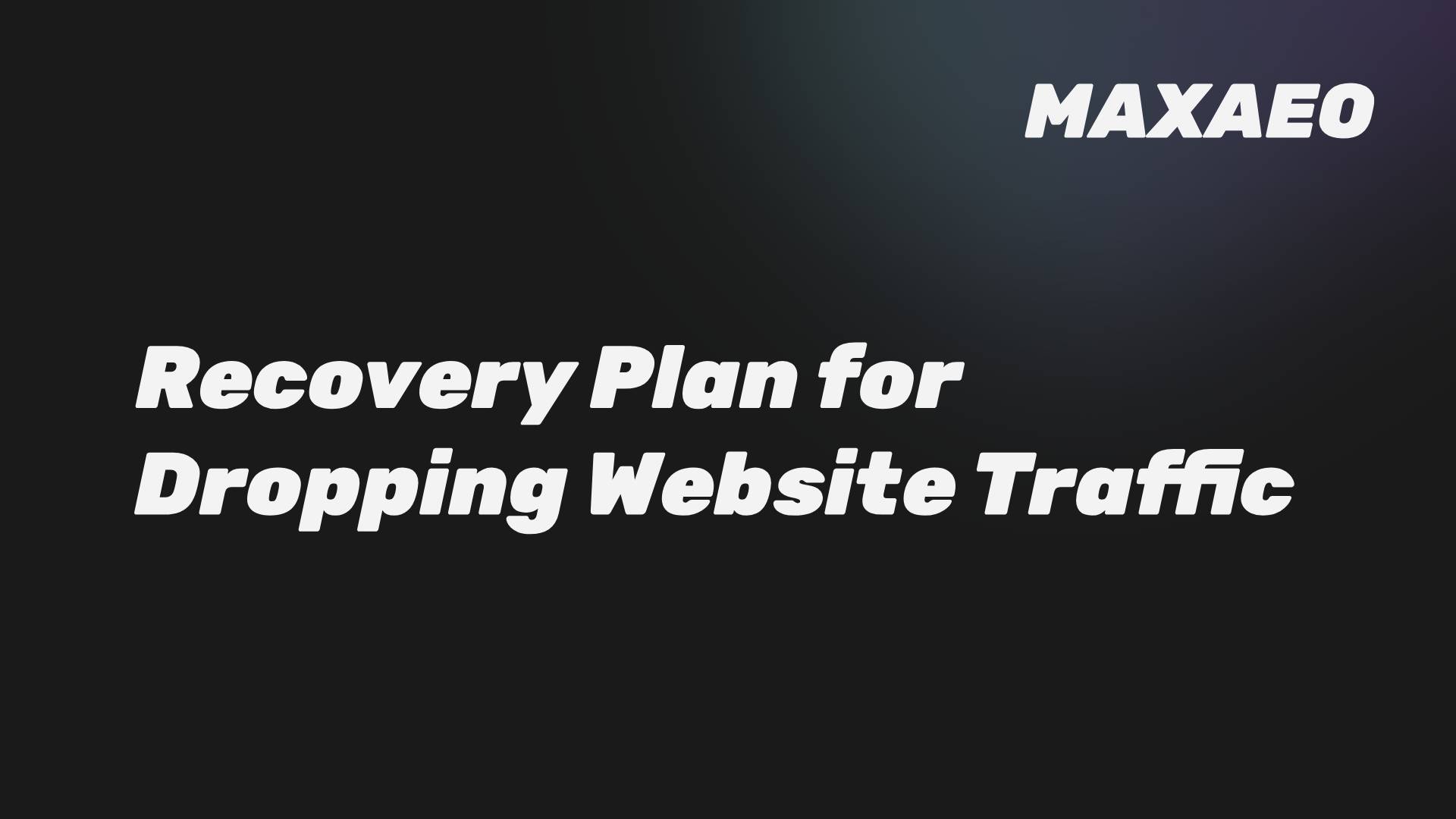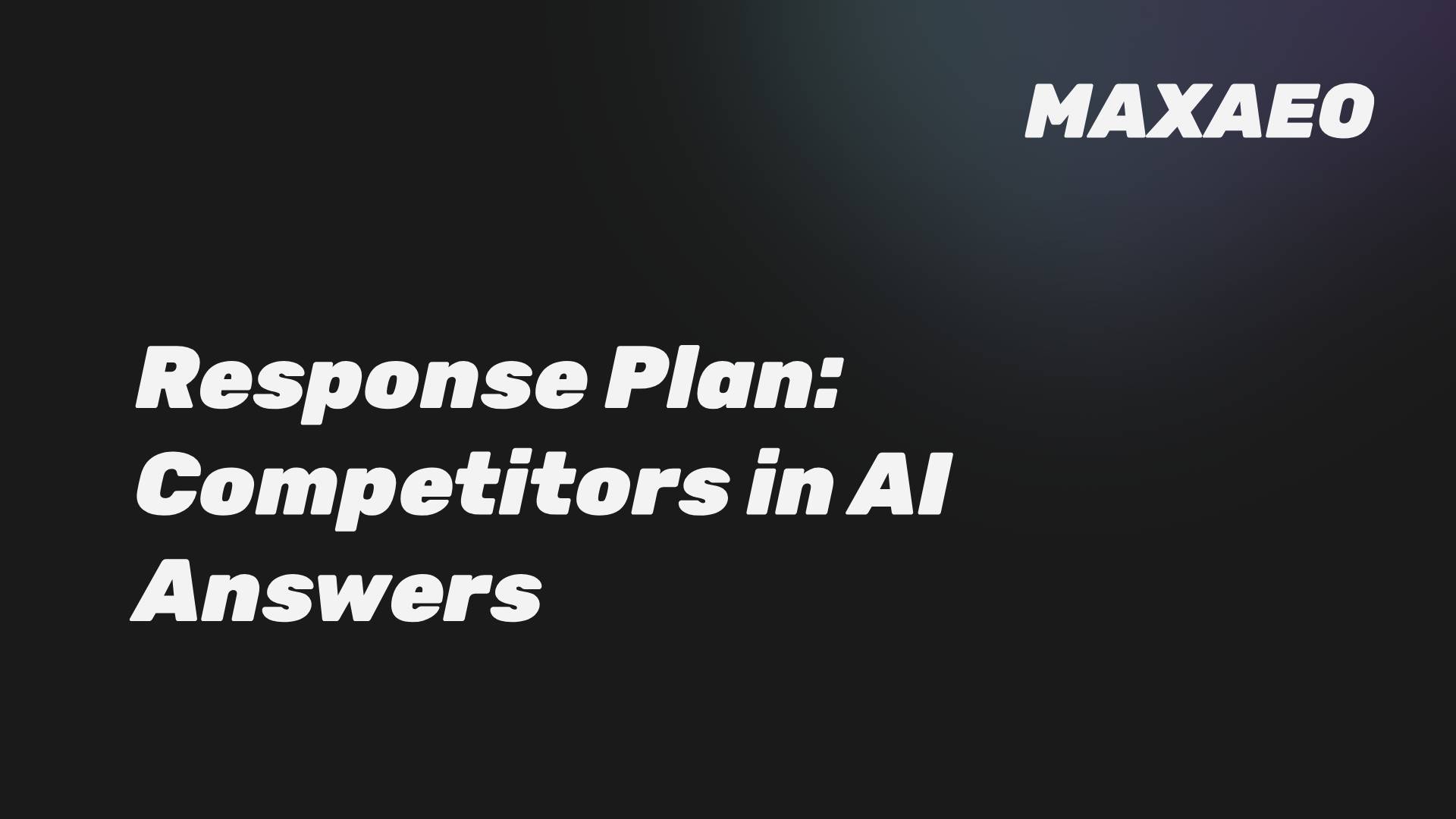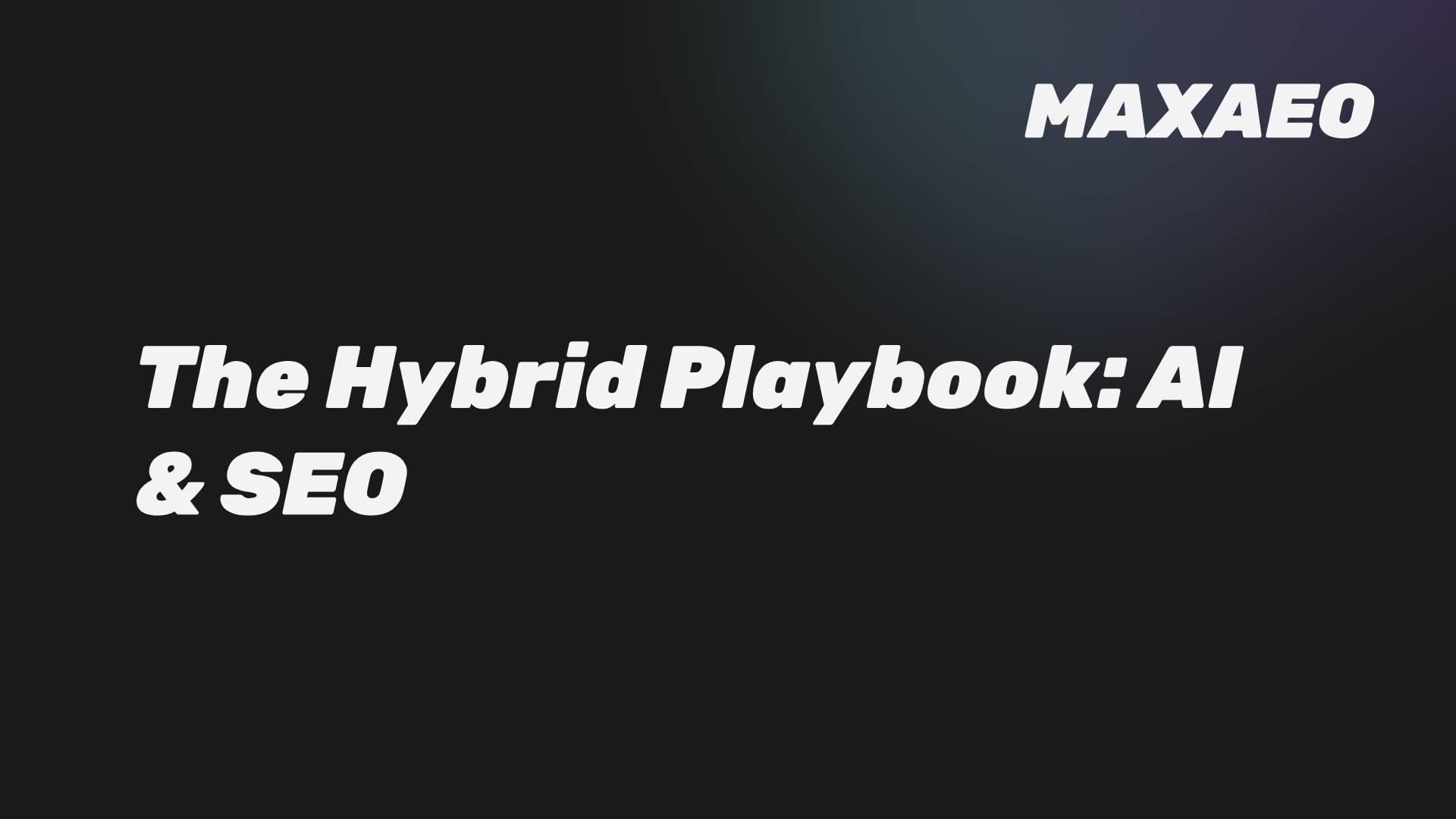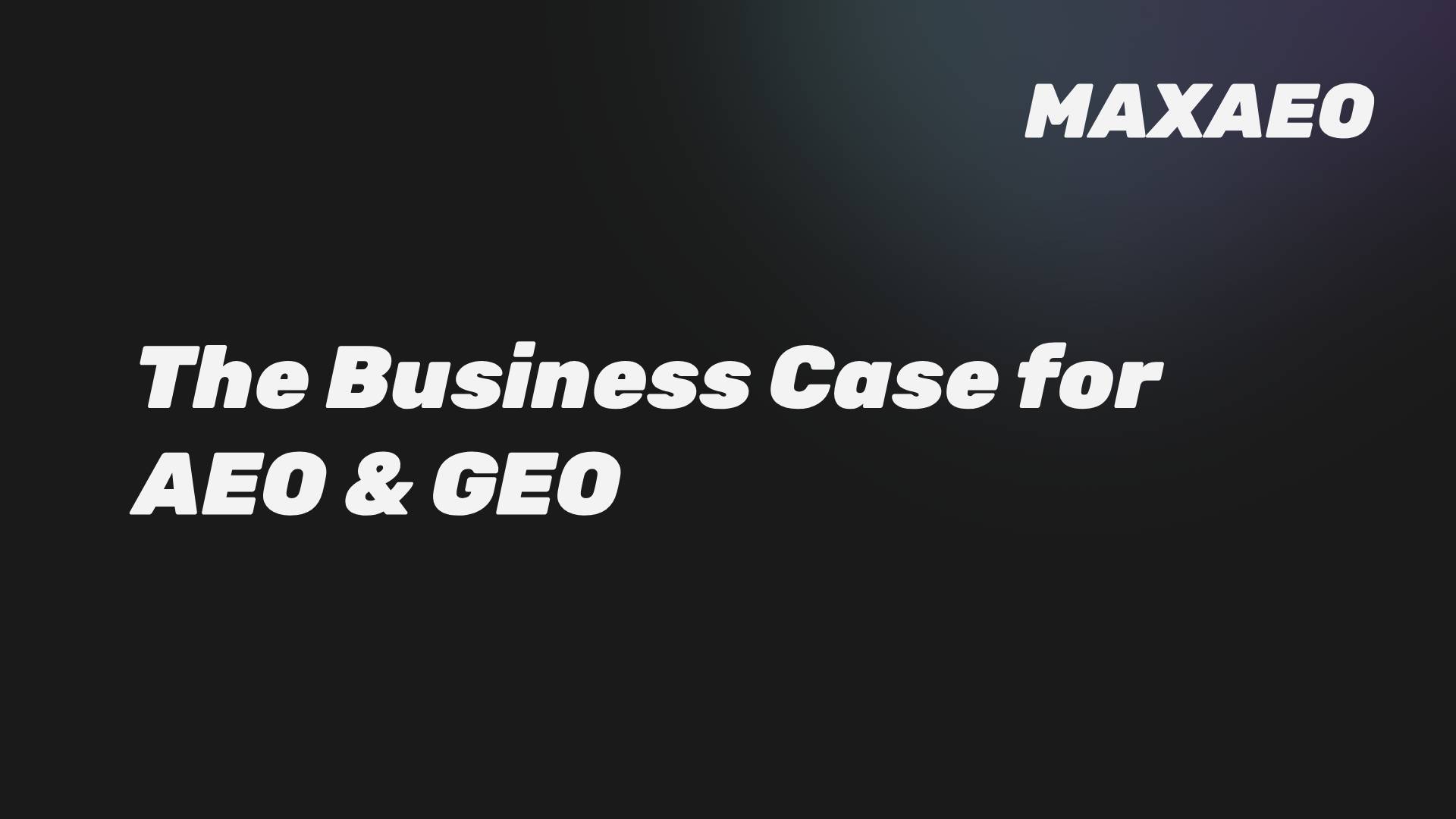· Anton Grant · AI Optimization · 4 min read
Mastering Google AI Overviews: The B2B Leader's Action Plan
A strategic guide for B2B leaders. Your organic traffic is at risk from Google's AI Overviews. Learn the action plan to get your brand cited, manage visibility, and win in the new zero-click search reality.
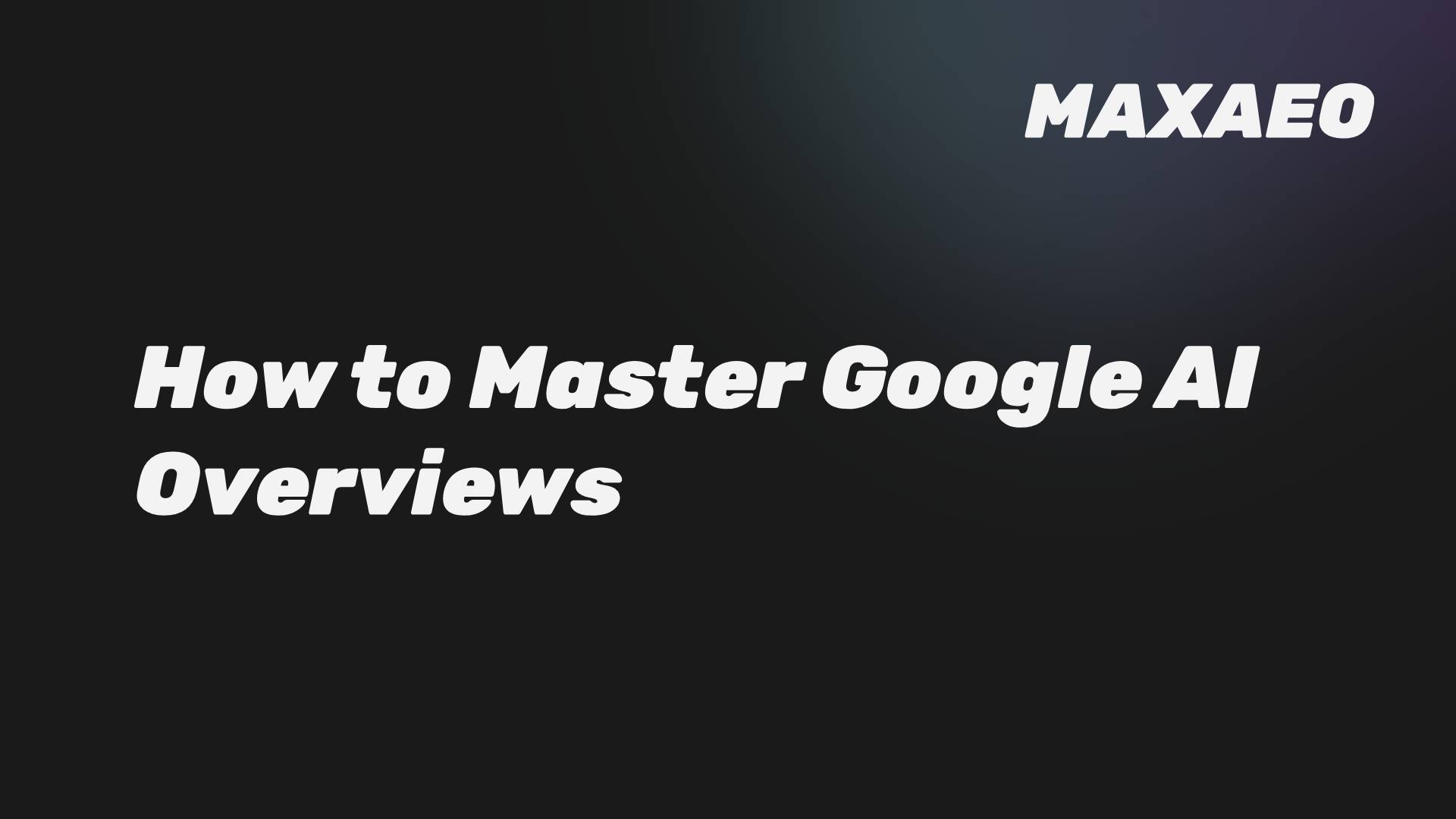
Your brand is facing its most significant threat to organic traffic in a decade: Google’s AI Overviews. These Artificial Intelligence (AI)-generated summaries now sit at the top of the search results, answering user questions directly and, according to Gartner, threatening to eliminate 50% of organic traffic by 2028. For B2B leaders, this is a critical moment that demands a direct and strategic response.
This guide provides an actionable plan for mastering the new reality of Google Search. We will break down the mechanics of AI Overviews and provide a clear, three-pillar framework for ensuring your brand is not just a passive link, but an authoritative, cited source in the answers that are defining your market.
What Are Google AI Overviews?
Google AI Overviews, formerly the Search Generative Experience (SGE), are AI-generated answers that appear at the top of Google’s results page. They are designed to provide a single, comprehensive answer by synthesizing information from multiple web pages, effectively making Google an “answer engine.”
This represents a fundamental shift in the business of search. The goal is no longer to provide the best list of links; it is to provide the best answer directly, a change that has profound implications for every brand that relies on organic traffic.
How Does Google Decide Which Brands to Cite?
Google’s selection process for AI Overview sources is algorithmic, prioritizing signals of authority, relevance, and trust. While the exact weighting is proprietary, analysis has revealed the key factors that determine which brands get cited. A deep understanding of these factors is the foundation of a successful optimization strategy.
Pillar 1: Foundational SEO as the Price of Entry
A strong traditional Search Engine Optimization (SEO) ranking is a prerequisite for consideration. Data shows that 52% of sources cited in AI Overviews already rank in the top 10 organic results. This confirms that you must first win at traditional SEO to even be in the running for a citation. Your brand must be a visible and credible player in the traditional SERPs.
Pillar 2: E-E-A-T as the Litmus Test for Trust
Content must demonstrate high levels of Experience, Expertise, Authoritativeness, and Trustworthiness (E-E-A-T). Google’s systems are explicitly designed to identify and elevate content that is credible and reliable, a principle that is even more critical when generating a single, authoritative answer.
What Is the 3-Step Action Plan for Getting Featured?
Securing a coveted spot in Google’s AI Overviews requires a deliberate and integrated strategy. This is the new domain of Answer Engine Optimization (AEO) and Generative Engine Optimization (GEO).
1. Engineer Your Content for Machine Readability
The foundation of being cited is creating content that is easily understood and extracted by AI.
- Adopt an “Answer-First” Structure: Organize your content with clear, question-based headings followed immediately by a concise, direct answer. This “snippet bait” format is highly favored.
- Use Structured Formats: AI favors content that is easy to parse. Utilize bullet points, numbered lists, and comparison tables. Data shows that lists appear in 78% of all AI Overviews.
- Implement Schema Markup: Use
FAQPageandHowToschema to provide Google with a machine-readable “fact sheet” about your content.
2. Build Your Authority Across Google’s Ecosystem
Google’s AI evaluates your brand’s authority not just on your website, but across the entire digital ecosystem it trusts.
- Win in High-Authority Communities: Cultivate a strong, helpful presence on platforms like Reddit, a key source for user sentiment.
- Establish Foundational Knowledge: Ensure your brand is accurately represented on Wikipedia, a foundational source for many AI models.
- Secure Media Mentions: Earn placements in reputable industry publications to build a portfolio of third-party validation.
3. Ensure Flawless Technical Accessibility
Your content cannot be cited if it cannot be crawled. Technical excellence is a non-negotiable step.
- Conduct a Technical SEO Audit: Ensure your site has no indexing issues, broken links, or
robots.txtconfigurations that would block Google’s crawlers. - Prioritize Page Experience: A fast, mobile-friendly, and secure website provides positive user experience signals that contribute to overall authority.
Conclusion: The New Mandate for B2B Leaders
Google’s AI Overviews have redrawn the map for digital visibility. The B2B leaders who will win in this new landscape are those who recognize that the goal has shifted from ranking to being cited. It is a new mandate for marketing: build a brand so authoritative and content so clear that Google’s AI has no choice but to quote you.
By implementing this strategic framework, you can move your brand from being a passive link at risk of being bypassed to an active, authoritative voice in the answers that are shaping your industry.
Your future-proof growth strategy starts here. Let’s discuss what’s possible.
